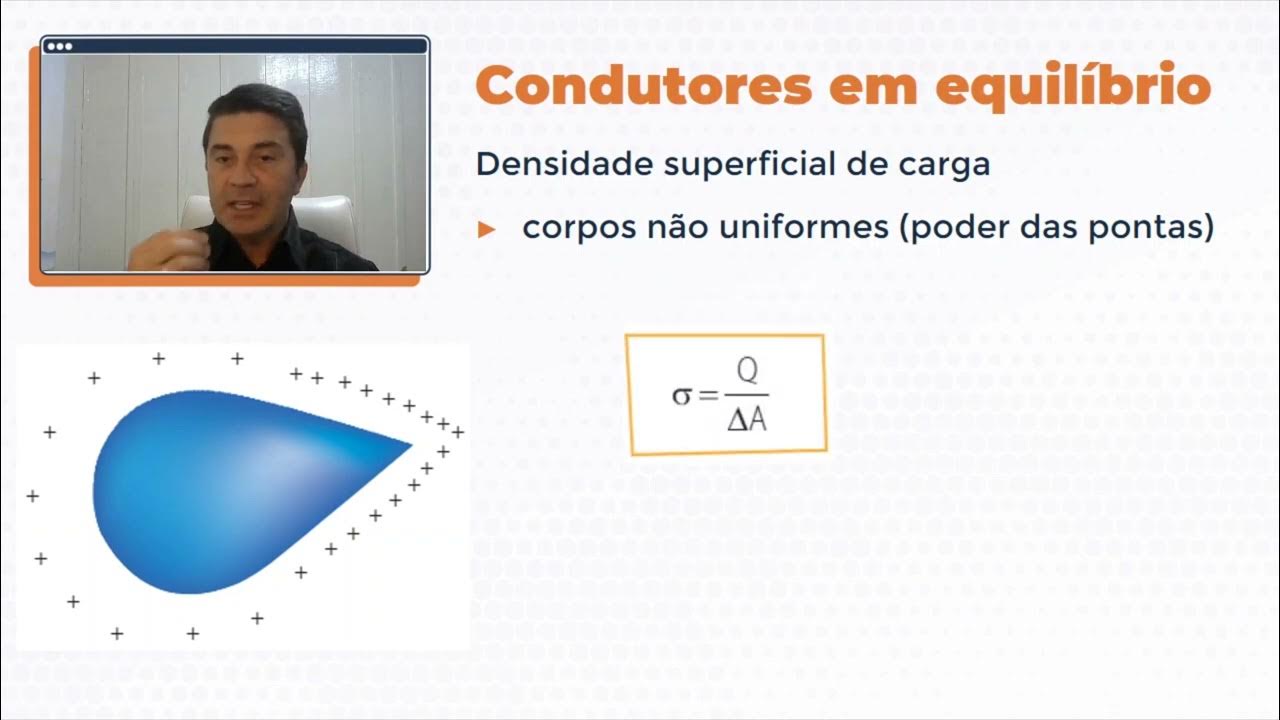FUNCTIONS AND RELATIONS AND EVALUATION OF FUNCTIONS
Summary
TLDRThis video provides a thorough introduction to the concepts of functions and relations, explaining how variables X and Y interact in real-world scenarios. It defines relations as pairs between sets and describes different types such as one-to-one, many-to-one, and one-to-many relations. The video transitions into the definition of a function, highlighting that for a relation to be a function, each X must pair with only one Y. Through diagrams, tables, and graphs, the video covers evaluating functions and testing for functionality using methods like the vertical line test.
Takeaways
- 📘 Relations pair elements from set X to set Y, with each element in X paired to at least one element in Y.
- 📊 Relations can be represented in various forms, such as mapping diagrams, sets of ordered pairs, tables, and graphs.
- 🧮 A function is a special type of relation where each element in X is paired with exactly one element in Y.
- ⚖️ A one-to-one or many-to-one relation is considered a function, while a one-to-many relation is not.
- 📏 The vertical line test helps determine if a graph represents a function: the graph must intersect any vertical line at most once.
- 🔢 Ordered pairs represent relationships between X and Y, and if no two pairs have the same X value, the relation is a function.
- 📐 Functions can be written as equations, such as y = f(x), and can be evaluated by substituting values for X.
- 💻 Evaluating functions involves substituting specific values for X and simplifying to find Y, generating ordered pairs.
- 🧑🏫 Common functions include constant, linear, and quadratic functions, each represented by different equations.
- 📉 Graphs of relations and functions can show trends, and undefined points occur when the equation results in division by zero or imaginary numbers.
Q & A
What is a relation in the context of functions and variables?
-A relation from a set X to a set Y is a rule that pairs each element in X to at least one element in Y. Relations can be represented as ordered pairs, tables, or diagrams.
How can a relation be represented visually?
-A relation can be represented through various formats such as a mapping diagram, ordered pairs, table of values, or a graph. In a mapping diagram, elements from set X are paired with elements from set Y.
What is a one-to-one relation?
-A one-to-one relation is when each element in set X is paired with exactly one unique element in set Y. For example, if X = {1, 2, 3} and Y = {4, 5, 6}, where 1 → 4, 2 → 5, and 3 → 6, this is a one-to-one relation.
What is a many-to-one relation?
-A many-to-one relation occurs when two or more elements in set X are paired with the same element in set Y. For example, if 1 → 1 and -1 → 1 in the mapping, it's a many-to-one relation.
What is the difference between a relation and a function?
-A function is a specific type of relation where each element in set X is paired with exactly one element in set Y. In contrast, a relation may allow one element in X to be paired with more than one element in Y.
Why is a one-to-many relation not a function?
-A one-to-many relation is not a function because a function requires each element in X to pair with only one element in Y. In a one-to-many relation, one element in X is paired with multiple elements in Y, violating this rule.
How can we determine if a graph represents a function?
-A graph represents a function if it passes the vertical line test. This means that any vertical line drawn on the graph should intersect it at most at one point.
What is the vertical line test?
-The vertical line test is a method used to determine if a graph represents a function. If any vertical line drawn on the graph intersects the graph at more than one point, the graph does not represent a function.
How can functions be represented algebraically?
-Functions can be represented algebraically using equations or formulas. For example, a function can be written as y = f(x), where y is the output and x is the input.
How do you evaluate a function at a specific point?
-To evaluate a function at a specific point, substitute the given value of x into the function and simplify. For example, to evaluate f(x) = 2x² - 5x - 3 at x = -1, substitute -1 for x and simplify the result.
Outlines

Esta sección está disponible solo para usuarios con suscripción. Por favor, mejora tu plan para acceder a esta parte.
Mejorar ahoraMindmap

Esta sección está disponible solo para usuarios con suscripción. Por favor, mejora tu plan para acceder a esta parte.
Mejorar ahoraKeywords

Esta sección está disponible solo para usuarios con suscripción. Por favor, mejora tu plan para acceder a esta parte.
Mejorar ahoraHighlights

Esta sección está disponible solo para usuarios con suscripción. Por favor, mejora tu plan para acceder a esta parte.
Mejorar ahoraTranscripts

Esta sección está disponible solo para usuarios con suscripción. Por favor, mejora tu plan para acceder a esta parte.
Mejorar ahoraVer Más Videos Relacionados

Direct Variation - Basic Introduction | Algebra

M202 Kalkulus : Pengantar Integral dan aplikasinya (part a) - Definisi dan Pembuktian

Funciones de varias variables. Definición, dominio y rango

1. WHAT IS STATISTICAL MODELLING

VIDEOAULA | Física | Ensino Médio | Fundamentos da Eletrodinâmica I

Introduction to Function and Types of Function - Functions - Discrete Mathematics
5.0 / 5 (0 votes)
